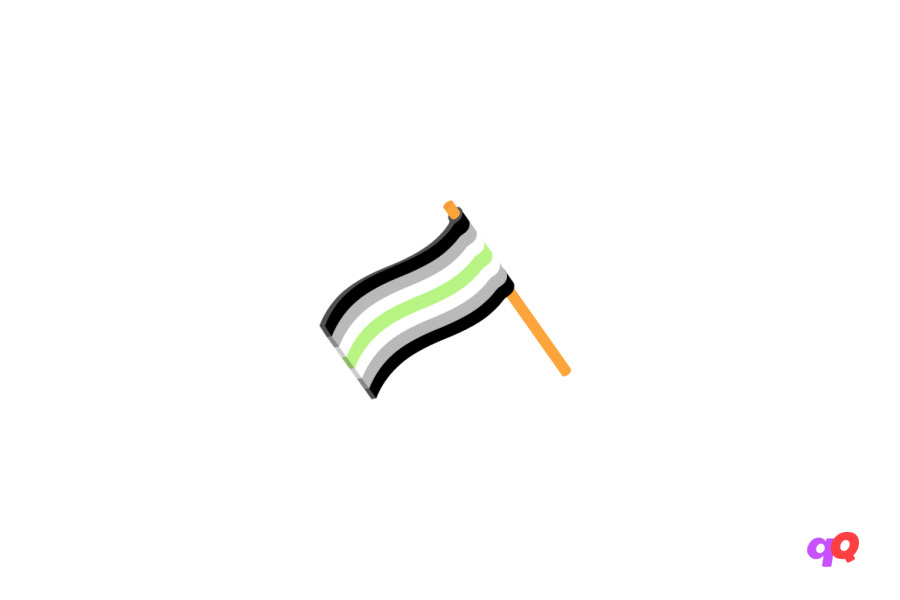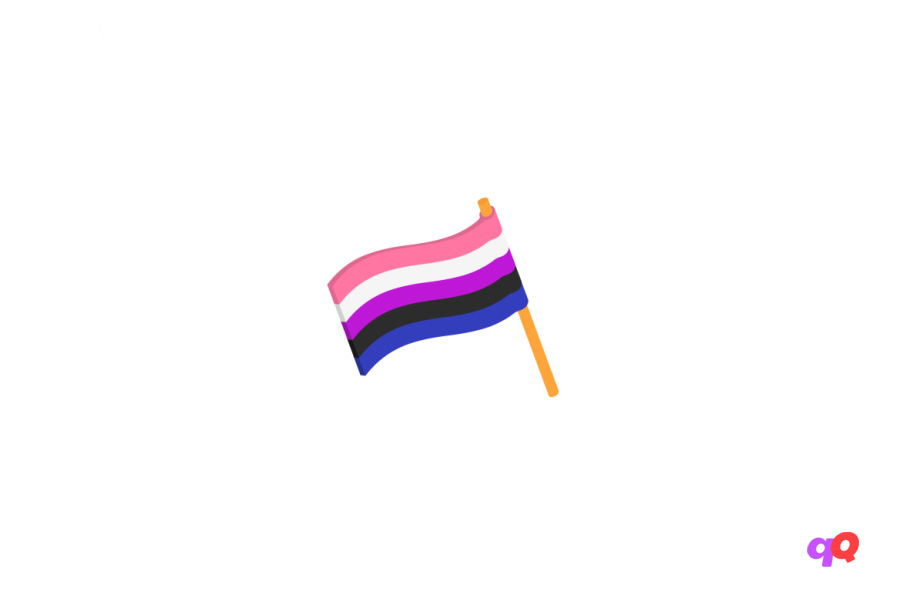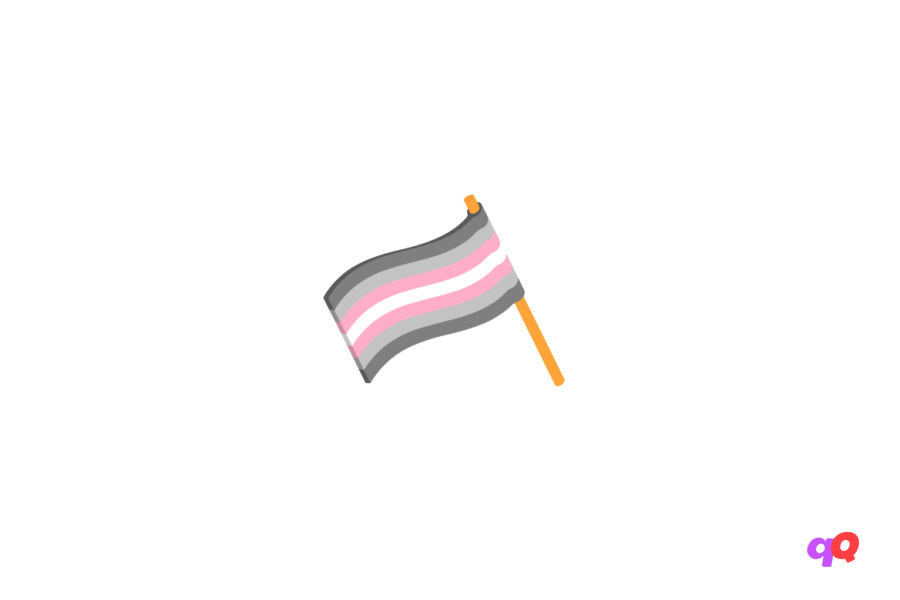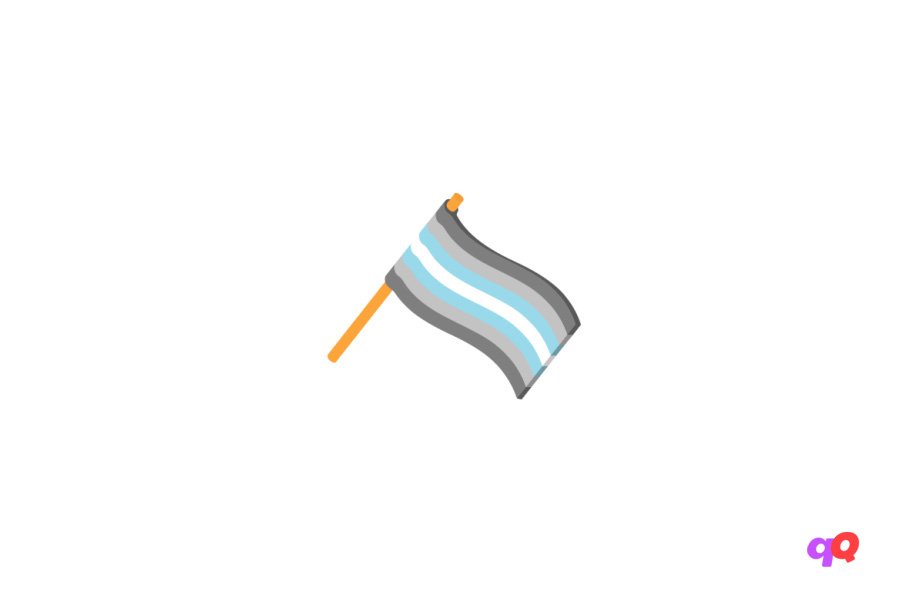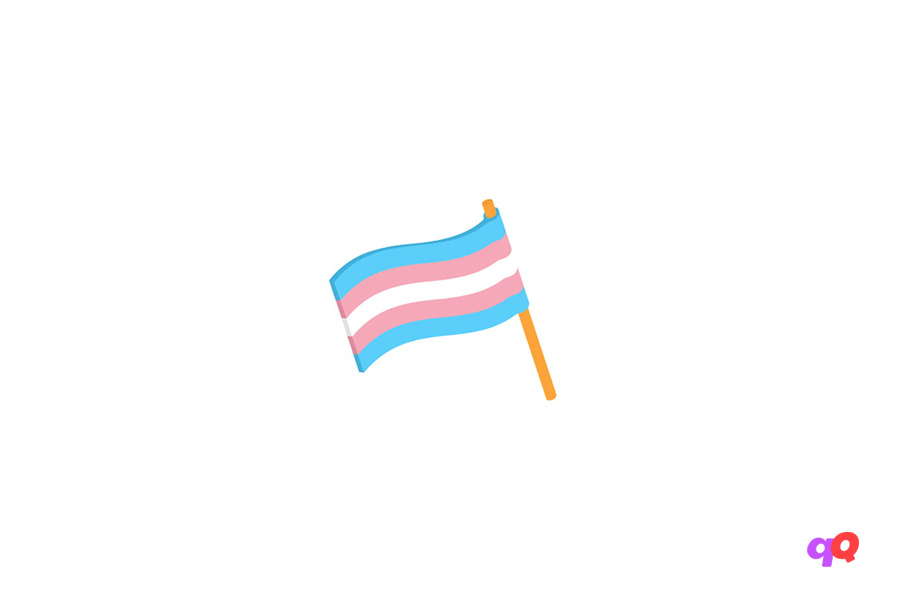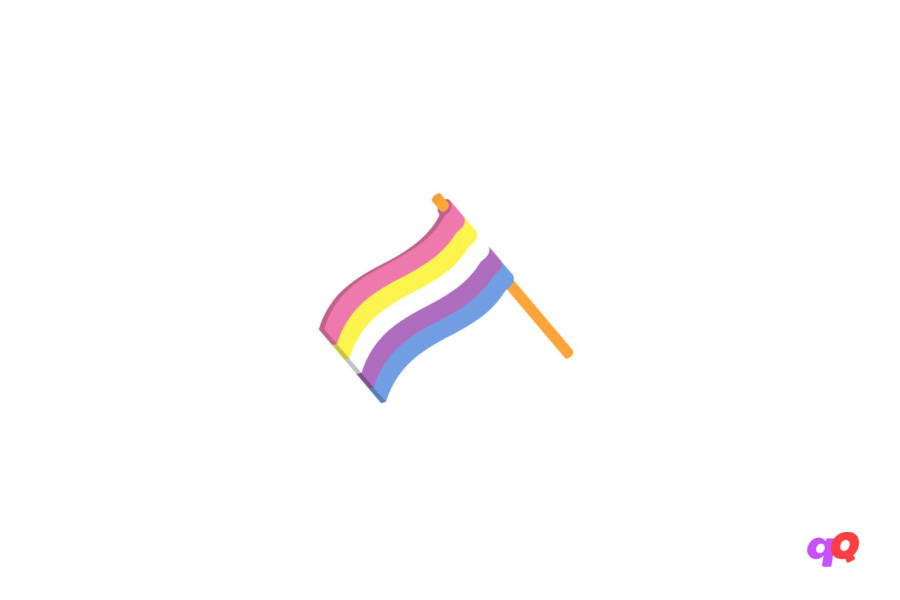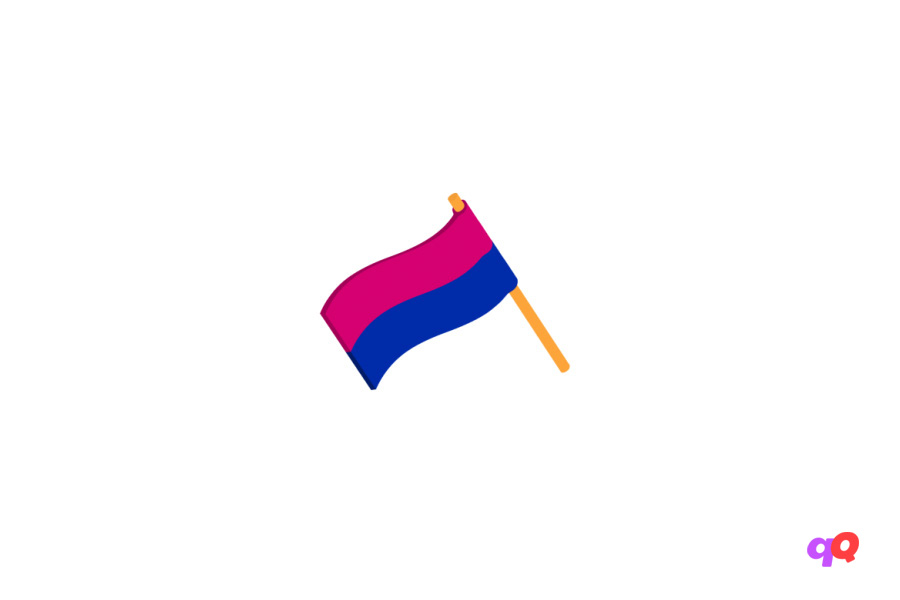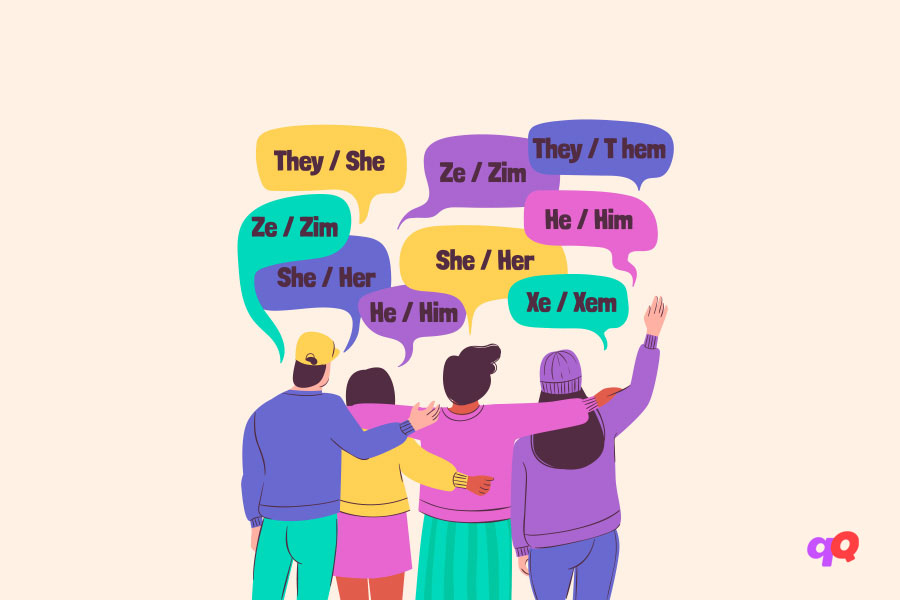Am I Nonbinary Quiz: Neither, Both, or In-Between?
○ DISCLAIMER
The quizzes and content on this website are designed for entertainment purposes only and should not be used as a basis for making personal decisions about your sexuality, gender identity, or any other life choices. These quizzes are not diagnostic tools and cannot determine your identity or orientation. If you're questioning your identity or need support, we strongly encourage you to seek guidance from qualified LGBTQ+ friendly professionals or counselors. Remember that your journey of self-discovery is unique and personal to you.
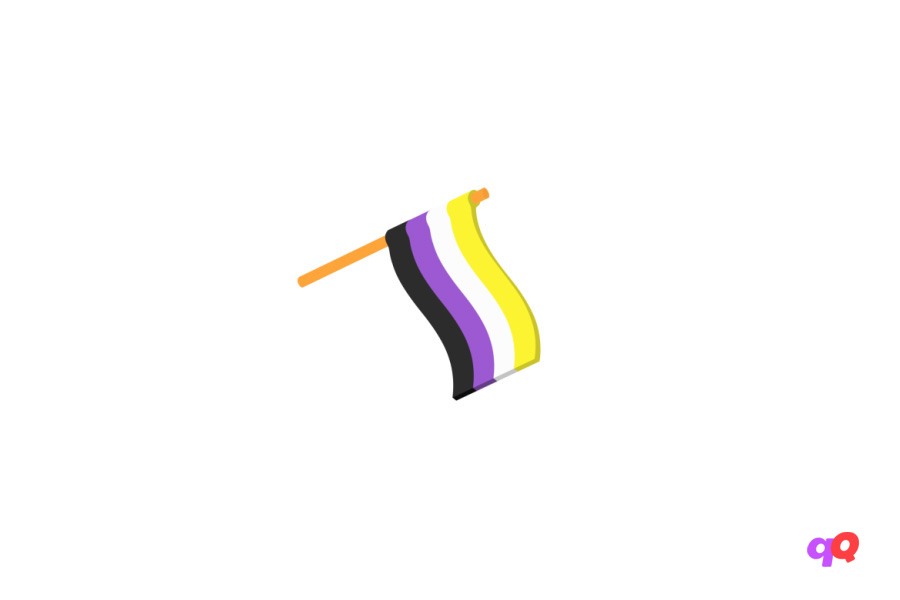
In the era of Instagram filters, we’ve grown accustomed to the idea that reality can be endlessly customized – adding shades, blurring boundaries, creating new images. But when it comes to gender, society often tries to squeeze all the diversity of human identities into two rigid templates. The quiz ‘Am I Nonbinary?’ offers a look at gender identity through the lens of a modern, more flexible understanding.
Who Are Nonbinary People?
The term “nonbinary” describes a broad spectrum of gender identities that exist beyond the traditional binary division. Imagine the gender spectrum as an infinite palette of colors, where “male” and “female” are just two colors among countless possible shades. Nonbinary people can be anywhere on this spectrum, combining various aspects of gender expression, or existing entirely outside this coordinate system.
It’s important to note that nonbinary isn’t a “third gender” or an intermediate state between male and female. It’s an entire world of diverse identities, each unique and inherently valuable. Some nonbinary people might feel a partial connection to male or female gender, others might feel no connection to either, while others might experience their gender as something fluid and changeable.
Nonbinary People in History and Culture
The history of nonbinary identity is as ancient as human civilization itself. Ancient cultures worldwide had concepts of gender that went beyond the binary system.
In Mesopotamia, priests of the deity Inanna held a special position in society, existing outside traditional gender categories. In Ancient Egypt, some pharaohs, including Hatshepsut, presented themselves simultaneously in male and female forms, which was reflected in art and official documents.
Indian culture has for centuries recognized the existence of hijras – people who don’t fit into the binary gender system. In modern India, hijras are officially recognized as a “third gender” and hold a special social status.
Native North American peoples used the term “two-spirit” to describe people who embodied both male and female spiritual qualities. These individuals often held respected positions in their communities as healers, spiritual leaders, and keepers of traditions.
In Polynesia, there exists the fa’afafine culture – people born with male anatomy but taking on social roles traditionally associated with women. Similar concepts exist among many peoples of Oceania.
What Will the Quiz Reveal?
Our quiz explores various aspects of gender identity and self-perception. The questions cover a wide range of topics: from relationship with one’s body to social interaction, from personal preferences in self-expression to deep feelings of self.
Each question is created with consideration of modern gender identity research and real experiences of nonbinary people. The quiz avoids stereotypical assumptions about connecting certain interests, hobbies, or clothing styles with gender identity. Your interest in knitting or automobiles doesn’t determine your gender – it’s much more complex and interesting than that.
It’s important to understand that this quiz is not a diagnostic tool. It cannot and does not attempt to “determine” your gender identity. Instead, it offers starting points for reflection and self-analysis.
Signs of Being Nonbinary Used in Creating the Quiz
Gender identity is a deeply personal experience, and everyone’s path to understanding it is different. Our quiz incorporates various manifestations and feelings that nonbinary people often share to help guide your self-reflection.
Internal Experiences and Feelings
The quiz explores common experiences many nonbinary people describe, such as feelings of incongruence with traditional gender categories. Questions address various aspects: from mild discomfort when having to define oneself as “male” or “female” to a deep internal conflict with one’s assigned sex at birth.
Quiz questions also examine how traditional gender expectations feel to you. The focus isn’t on rejecting everything “masculine” or “feminine” – rather, the quiz helps identify if you have a desire to freely combine various aspects of gender expression or create something entirely your own.
Social Interaction
Several questions in the quiz address how you feel in social contexts and about others’ perception of your gender. The quiz explores whether you experience discomfort when categorized as a particular gender, or if you’re comfortable with different forms of address in different situations.
The quiz emphasizes that social perception doesn’t define your identity. Questions acknowledge that many nonbinary people don’t strive to look androgynous or “neutral” – they might prefer any style of self-expression that feels comfortable to them.
Diversity of Nonbinary Experience
Nonbinary identity manifests differently in different people. The quiz includes questions that explore various types of nonbinary identities:
- Agender people might feel no connection to any gender at all. For them, gender might be an irrelevant concept, or they might perceive themselves as beings existing outside the gender coordinate system.
- Bigender people might feel a connection to both male and female genders, either simultaneously or alternating between them.
- Genderfluid describes the experience of people whose gender identity might change over time – from day to day or over longer periods.
- Demi-gender is a term describing a partial connection to a particular gender. For example, a demi-girl might partially identify as a woman but feel that this definition doesn’t capture the full extent of their identity.
Self-Expression and Appearance
There is no “correct” way to look nonbinary. Some nonbinary people prefer an androgynous style, others might dress more traditionally “masculine” or “feminine,” while others create unique combinations or constantly experiment.
It’s important to understand that appearance neither defines nor confirms someone’s nonbinary identity. You can be nonbinary and wear dresses, suits, or anything else. Clothing style is a form of self-expression that may or may not align with gender identity.
Social Aspects
In modern society, nonbinary people face various challenges. These might include misunderstanding from others, difficulties with documents and official forms that often assume only binary choices, or problems accessing certain spaces and services.
At the same time, visibility and recognition of nonbinary identities are growing. More countries are introducing third gender markers in official documents, companies are beginning to consider nonbinary people in their policies, and society is gradually becoming more open to gender diversity.
Conclusion
The “Am I Nonbinary?” quiz is a starting point for exploring your own identity. It doesn’t provide definitive answers but helps ask the right questions and, perhaps, better understand yourself.
Each person is unique, and there’s no “right” or “wrong” way to be nonbinary. Your experience and your feelings are valid, even if they don’t match the experiences of others or common perceptions of nonbinary identity.
Understanding yourself is a journey that may take time and include many discoveries, doubts, and reconsiderations. And that’s okay. What’s important is moving at your own pace and listening to yourself.
○ Related Quizzes
Questions Overview
- I love them! They make me feel secure and comfortable.
- I don't think about them much.
- I find them limiting and restrictive.
- I actively reject them and prefer to live outside of them.
- I don't think about it much. I just use whatever space corresponds to my gender.
- It's not a big deal to me, but I understand why some people might be uncomfortable.
- I feel uncomfortable in gendered spaces and wish there were more options available.
- I actively avoid gendered spaces whenever possible.
- I love it! It's perfect the way it is.
- It's just a body. I don't really think about it much.
- There are some things I wish were different, but overall, I'm fine with it.
- I'm really uncomfortable with certain parts of my body, and I wish I could change them.
- I love it! It fits me perfectly.
- It's fine, but I don't really care.
- It bothers me a little bit, but I don't say anything.
- It makes me uncomfortable, and I would rather people use different pronouns for me.
- I stick to traditional gender norms and dress accordingly.
- I don't think about it much. I just wear what's comfortable.
- I like to mix and match different styles, regardless of gender.
- I actively reject traditional gender norms and dress in a way that feels authentic to me.
- I love it! It's perfect the way it is.
- It's just a voice. I don't really think about it much.
- I wish it was higher or lower pitched, but it's not a big deal.
- I'm really uncomfortable with my voice, and I wish I could change it.
- I love it! It perfectly fits my gender identity.
- It's just a name. I don't really think about it much.
- I feel like my name doesn't really match who I am.
- I actively dislike my name and wish I could choose something different.
- I don't really understand why anyone would use them.
- I'm fine with them, but I don't really use them myself.
- I like the idea of them, but I'm not sure if they fit me personally.
- I actively use gender-neutral pronouns to describe myself.
- I identify completely with the gender I was assigned at birth.
- I don't really think about my gender identity that much.
- I feel like my gender identity is more fluid than just male or female.
- I actively identify as a gender other than male or female.
- I think gender is really important and defines who we are as people.
- I don't really think about it much.
- I think gender is a social construct and doesn't necessarily define who we are as people.
- I actively reject the idea of gender altogether.
- I think society has it right when it comes to gender.
- I don't really think about it much.
- I think society has some things right, but there are a lot of things that need to change.
- I actively reject the way society views gender.
- I love seeing traditional gender roles represented in media.
- I don't really think about it much.
- I appreciate seeing more diverse gender expressions in media and pop culture.
- I actively seek out media and pop culture that represents a more diverse range of gender expressions.
- I prefer to date people who identify as the opposite gender.
- I don't really have a preference when it comes to gender.
- I like to date people who identify as a similar gender to myself.
- I actively seek out relationships with people who identify as a different gender than male or female.
- I don't really understand the nonbinary community.
- I'm fine with the nonbinary community, but I don't really feel like I'm part of it.
- I appreciate the nonbinary community and feel like I have a place within it.
- I actively identify as part of the nonbinary community and feel connected to it.
